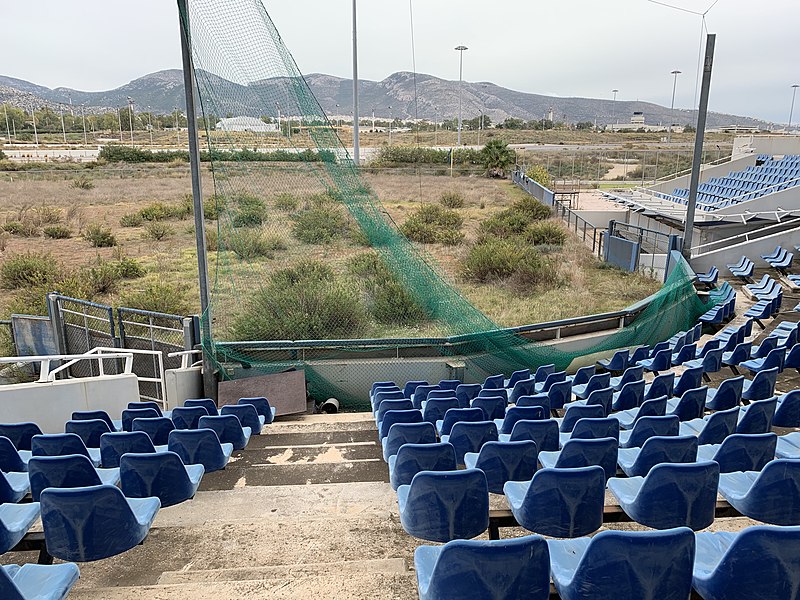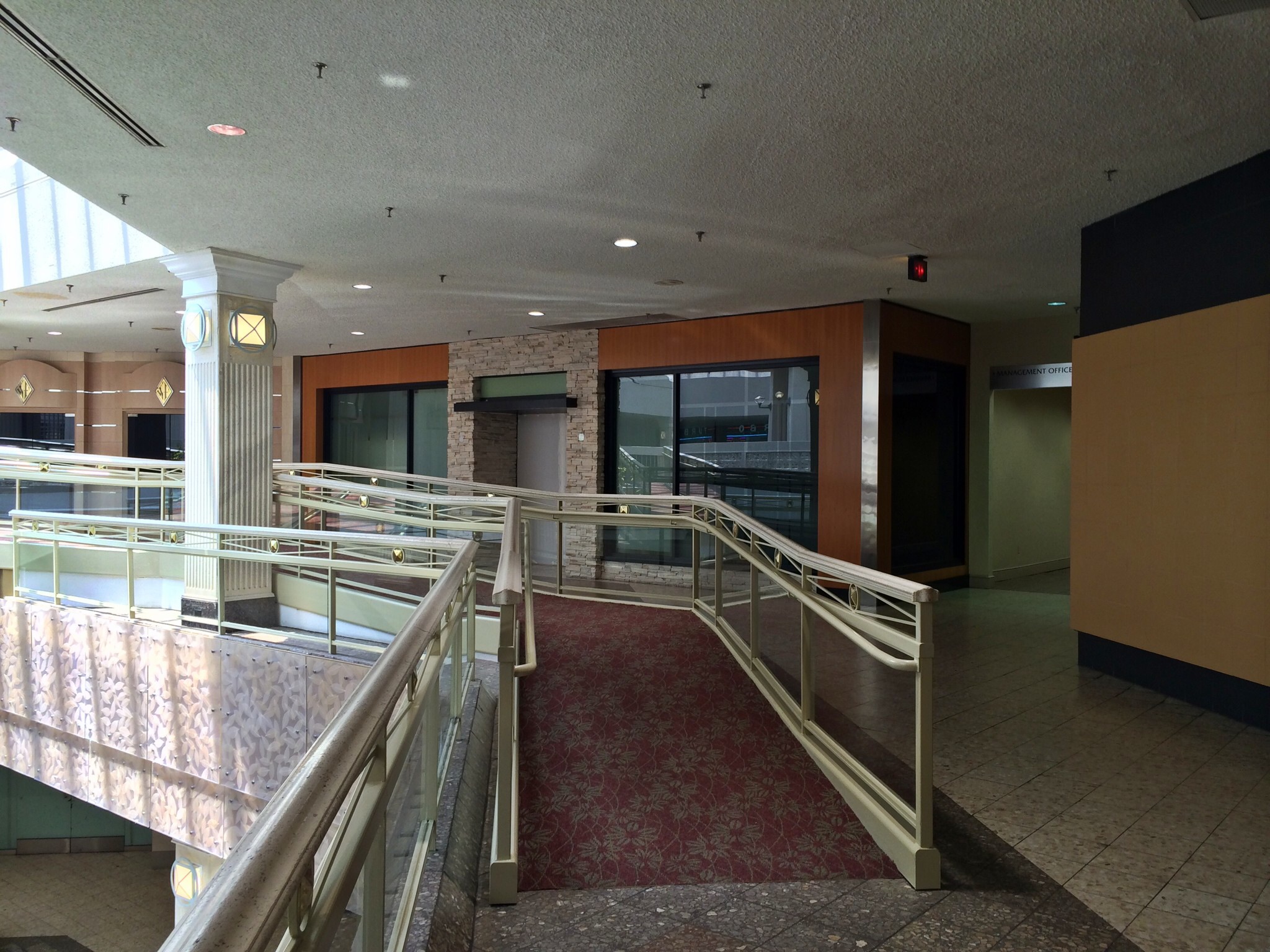White elephant
The abandoned Olympic Softball Stadium, built for the 2004 games in Athens. (Photo taken in November 2018.)
'White elephant' is a term typically associated with something that is very expensive but not useful and which cannot be easily disposed of. It originates from a tradition in Southeast Asia in which monarchs kept white elephants that could not be used for practical tasks due to their sacred nature.
The term white elephant became popular during the 1800s in Western society. It was applied to possessions that were expensive but did not serve the purpose for which they were purchased.
In modern times, it is often used to describe buildings or building projects that are extremely expensive both to undertake and maintain, and that may not achieve their original intent. It can also refer to large real estate developments that are no longer profitable.
White Flint Mall, located in the wealthy suburbs of Washington, DC, opened in 1977. As retail habits changed, stores within the mall closed and abandoned the property, leaving it mostly vacant. Demolition of the 850,000-square-foot (79,000 m2) structure began in 2015, and the last remaining tenant, Lord & Taylor closed on 2 August 2020.
Former Olympic parks are commonly described as white elephants, as are other sports facilities, defunct retail outlets or large industrial or manufacturing sites. Some infrastructure projects eventually turn into white elephants if public demand is low or the structure becomes obsolete by the time the project is completed.
The 'Unusual buildings' article includes examples of weird and wonderful projects - some of which might literally be considered white elephants
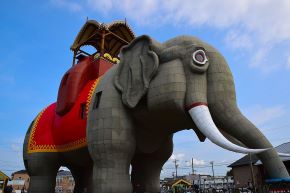
|
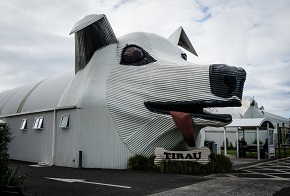
|
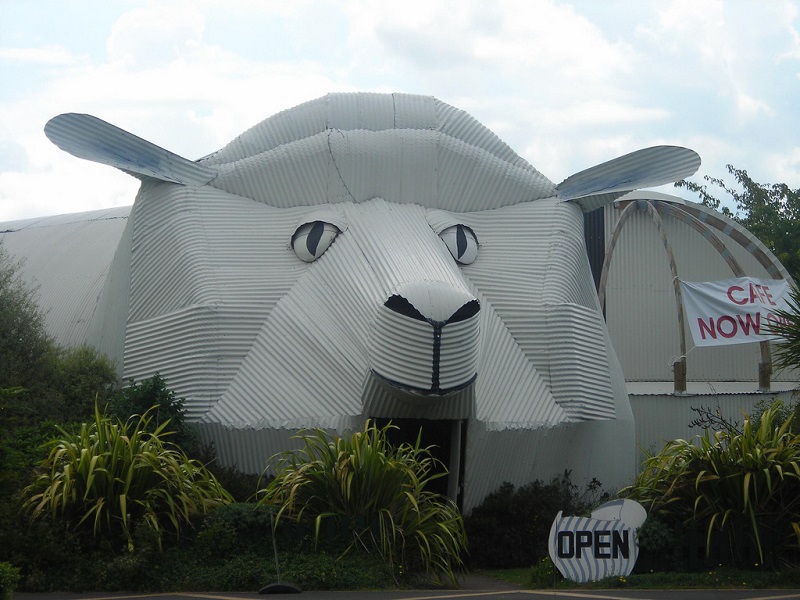
|
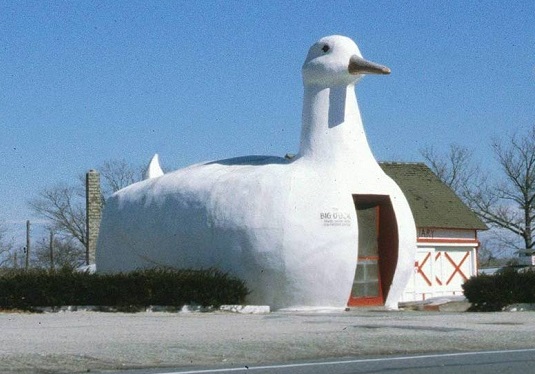
|
[edit] Related articles on Designing Buildings Wiki
Featured articles and news
Welsh Skills Body (Medr) launches ambitious plan
The new skills body brings together funding and regulation of tertiary education and research for the devolved nation.
Paul Gandy FCIOB announced as next CIOB President
Former Tilbury Douglas CEO takes helm.
UK Infrastructure: A 10 Year Strategy. In brief with reactions
With the National Infrastructure and Service Transformation Authority (NISTA).
Ebenezer Howard: inventor of the garden city. Book review.
The Grenfell Tower fire, eight years on
A time to pause and reflect as Dubai tower block fire reported just before anniversary.
Airtightness Topic Guide BSRIA TG 27/2025
Explaining the basics of airtightness, what it is, why it's important, when it's required and how it's carried out.
Construction contract awards hit lowest point of 2025
Plummeting for second consecutive month, intensifying concerns for housing and infrastructure goals.
Understanding Mental Health in the Built Environment 2025
Examining the state of mental health in construction, shedding light on levels of stress, anxiety and depression.
The benefits of engaging with insulation manufacturers
When considering ground floor constructions.
Lighting Industry endorses Blueprint for Electrification
The Lighting Industry Association fully supports the ECA Blueprint as a timely, urgent call to action.
BSRIA Sentinel Clerk of Works Training Case Study
Strengthening expertise to enhance service delivery with integrated cutting-edge industry knowledge.
Impact report from the Supply Chain Sustainability School
Free sustainability skills, training and support delivered to thousands of UK companies to help cut carbon.
The Building Safety Forum at the Installershow 2025
With speakers confirmed for 24 June as part of Building Safety Week.
The UK’s largest air pollution campaign.
Future Homes Standard, now includes solar, but what else?
Will the new standard, due to in the Autumn, go far enough in terms of performance ?
BSRIA Briefing: Cleaner Air, Better tomorrow
A look back at issues relating to inside and outside air quality, discussed during the BSRIA briefing in 2023.
Restoring Abbotsford's hothouse
Bringing the writer Walter Scott's garden to life.
Reflections on the spending review with CIAT.






